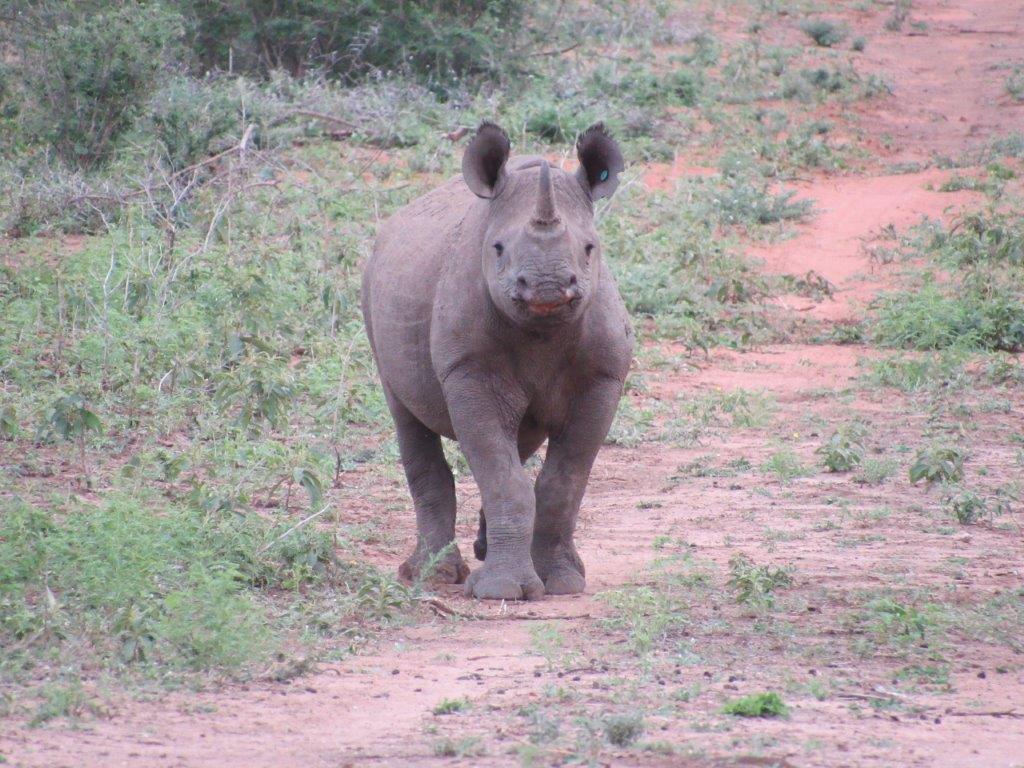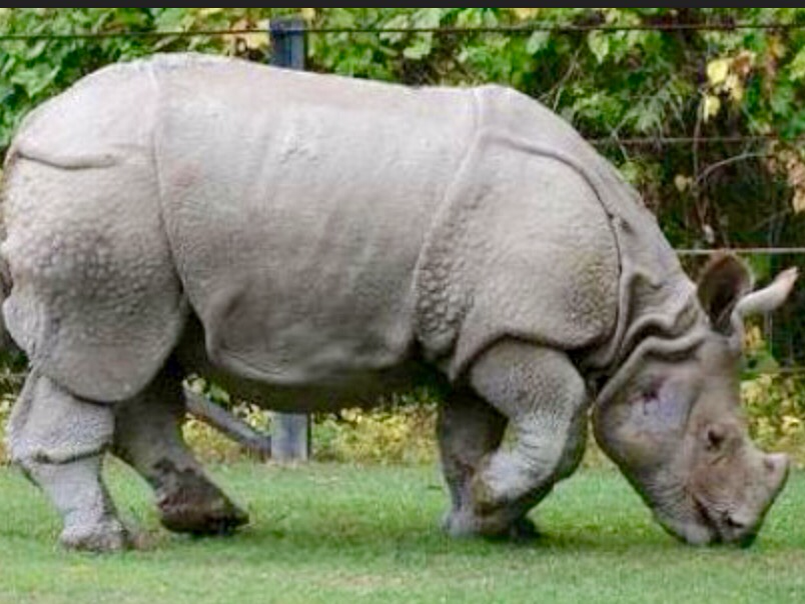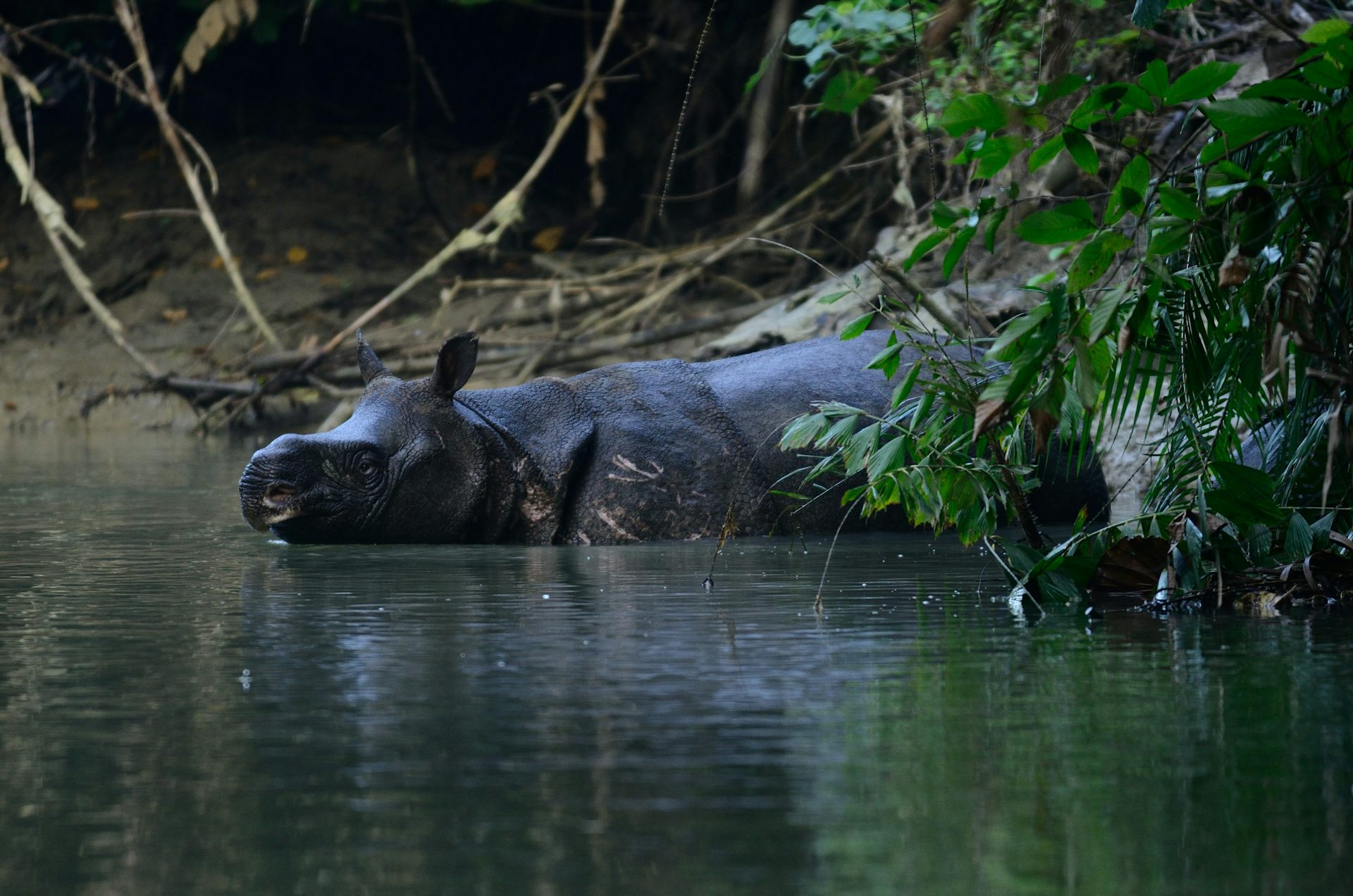

The greater one-horned rhinos live in the tropical and subtropical desert grassland, forests, and shrublands. Just like their Sumatran counterparts, the Javanese rhinos also prefer to live in areas containing thick bamboo and marshy lowlands.

You can find these rhinos living in submontane shrubs of the volcanic region of Java. The Javanese rhinos also tend to live in a variety of tropical Islands and lowland landscapes. Apart from that, you can find these rhinos in mountainous country regions, marshy areas, and places with a thick growth of bamboo and bushes. Preference of habitat mostly depends on the particular species of the rhinos.įor example, the Sumatran rhinoceros live in the dense tropical forest of both highland and lowland. What is the preferred habitat of the rhinoceros? Compared to that the white rhinoceros, there are about 18,000 of them living in the wild. About 5600 black rhinoceros are living in the wild. The International Union for the Conservation of Nature has marked the black rhinoceros as a critically endangered species. There are less than 80 Sumatran rhinoceros that can be found in the wild. The status of the Sumatran rhinoceros is not that good either. As we have already discussed, there are only 74 Javan rhinoceros left in the wild, which you can find only in a single protected area on the island of Java. Right now, IUCN has marked Sumatran, Javan and black rhinoceros as critically endangered species. However, by following strict protection rules and taking severe management actions, both the Nepalese and Indian wildlife authorities have been able to bring the species back from the brink of extinction. Only 200 individual, one-horned rhinoceros were left in the wild at the beginning of the 20th century. Right now, about 3,700 one-horned rhinoceros are left in the wild. The International Union for the Conservation of Nature has marked the one-horned rhinos as vulnerable. The White and the black rhinoceros can be found in the wilderness of Africa. You can only find the Javan rhinoceros in the protected area of the island of Java in Indonesia.

The Javan rhinos are the most vulnerable among all the species. Out of the five living species of rhinos, Two of these rhino species can be found in Africa, while the rest of the three species are found in Asia.Īmong the three Asian rhino species, the great one-horned rhino is found in the Himalayan mountainous regions of Nepal and India. Why Are Rhino Horns So Popular To Humans?.Rhinoceros Are Crucial For The Environment.What are the biggest threats to the rhinoceros?.Differences Between The Five Rhino Species.What is the preferred habitat of the rhinoceros?.All the five remaining rhino species have shown an upward trend in their population growth. Various international initiatives for recovering the rhinoceros population have slowly started to show great results.

Right now, about 27,000 rhinoceros are living in the wild. However, uncontrollable poaching and habitat loss have impacted this extraordinary animal significantly.Įven though there are several conservation challenges that researchers and conservationists often face, the rhinoceros population has been growing slowly for the last few years. These days you can find rhinoceros in Africa and Asia only.Īt the beginning of the 20th century, the population of the rhinoceros throughout the world was about half a million. The modern rhinos of today came from a group of rhino type mammals from over 50 million years ago. Rhinoceros are one of the oldest large land mammals that have been roaming on earth. You can find rhinos in Namibia, Sumatra and Borneo, Eastern Himalayas, and coastal regions of East Africa. However, if you try to find a black and white rhino, you have to go to Africa. For example, you can discover Sumatran rhinos on the islands of Borneo and Sumatra in Indonesia. The places you can find rhinos mainly depend on their species.


 0 kommentar(er)
0 kommentar(er)
